- Learning time
- 20 minutes
- First play time
- 40 minutes
Bullfrogs
Designed by: Keith Matejka
Bullfrogs is a deceptively deep game of strategy dressed up in an accessible – if somewhat silly – frogs-at-war theme. At least, it’s strategic for two – more players makes the game more chaotic and harder to plan for.
Each player has a set of frogs (including two Bullfrogs) and a small deck of cards. The ‘board’ represents a pond of lilies, is made up of a starting set of five cards that display (on a rather fetching pond-art background) the amount of frogs that particular lily will bear the weight of before it sinks into the water.
On your turn you’ll do three things:
First, play a Lily card from your hand and expand the pond. Each card shows how many frogs can go on it, how many points that particular card is worth, and how many actions it gives you.
Second, use the actions denoted by the Lily card – usually three, but sometimes two or four. You can deploy – adding frogs to the column and/or row you’ve just added your lily card to (but not the card itself) and you can sabotage – moving opponents frogs to adjacent cards, following the same rows-and-columns rule.
Finally you pick up a new card from the deck to add to your hand ready for your next turn.
If a card ever fills up with frogs, then it sinks under the weight of them, and the player with the frog majority on the card at this point claims the card for themselves, storing it face-down away from their draw-deck. The active player ‘saves’ up to four frogs (that jump away to adjacent cards, starting with any frogs on the losing side/s) and the rest go back to their owners. Bullfrogs – worth two normal frogs – don’t get reclaimed, so if they don’t jump away to safety, they’re out of the game.
Play continues until everyone runs out of cards. Points are awarded for the cards claimed (plus a bonus point for each card of your own colour) and, on the board, for any frogs you have on the central, unsinkable log card. A majority of frogs on the log card scores a bonus three points.
A first play doesn’t reveal that much but after 2 or 3 goes at it you’ll see the patterns of the game emerge and how you can start a ‘chain’ of card-sinkings; hopefully in your favour!
The guru's verdict
-
Take That!
Take That!
It is a game with a combative nature - you're trying to outgun each other, after all.
-
Fidget Factor!
Fidget Factor!
Low. The most actions any one player can have is four, and when it's not your turn you need to be watching the 'board' to keep an eye on developments.
-
Brain Burn!
Brain Burn!
Low-ish. It's not chess, but it's deeper than the artwork and theme make it appear.
-
Again Again!
Again Again!
Though the strategy runs deep, the rules are light, and randomess is guaranteed by the cards. You'd be hard pushed to play a game out the same way as any previous one.

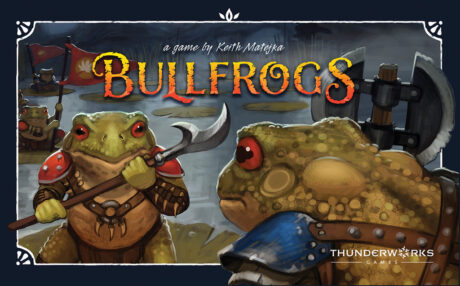
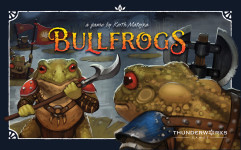
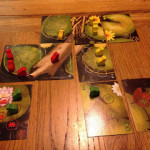
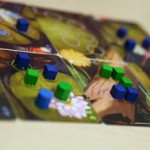


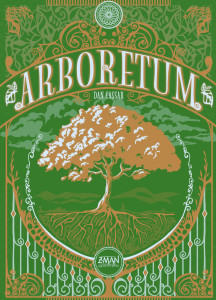

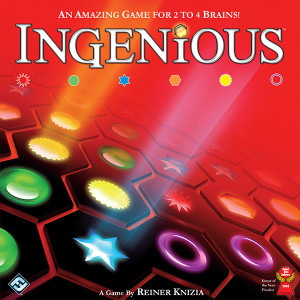
Sam says
Bullfrogs didn't hop into my best-games-ever, but I do like it as a two-player game. Progressively more players make it progressively harder to really get any type of strategy going, so that's a different beast. The artwork is lovely and the mechanics of it really rather clever.